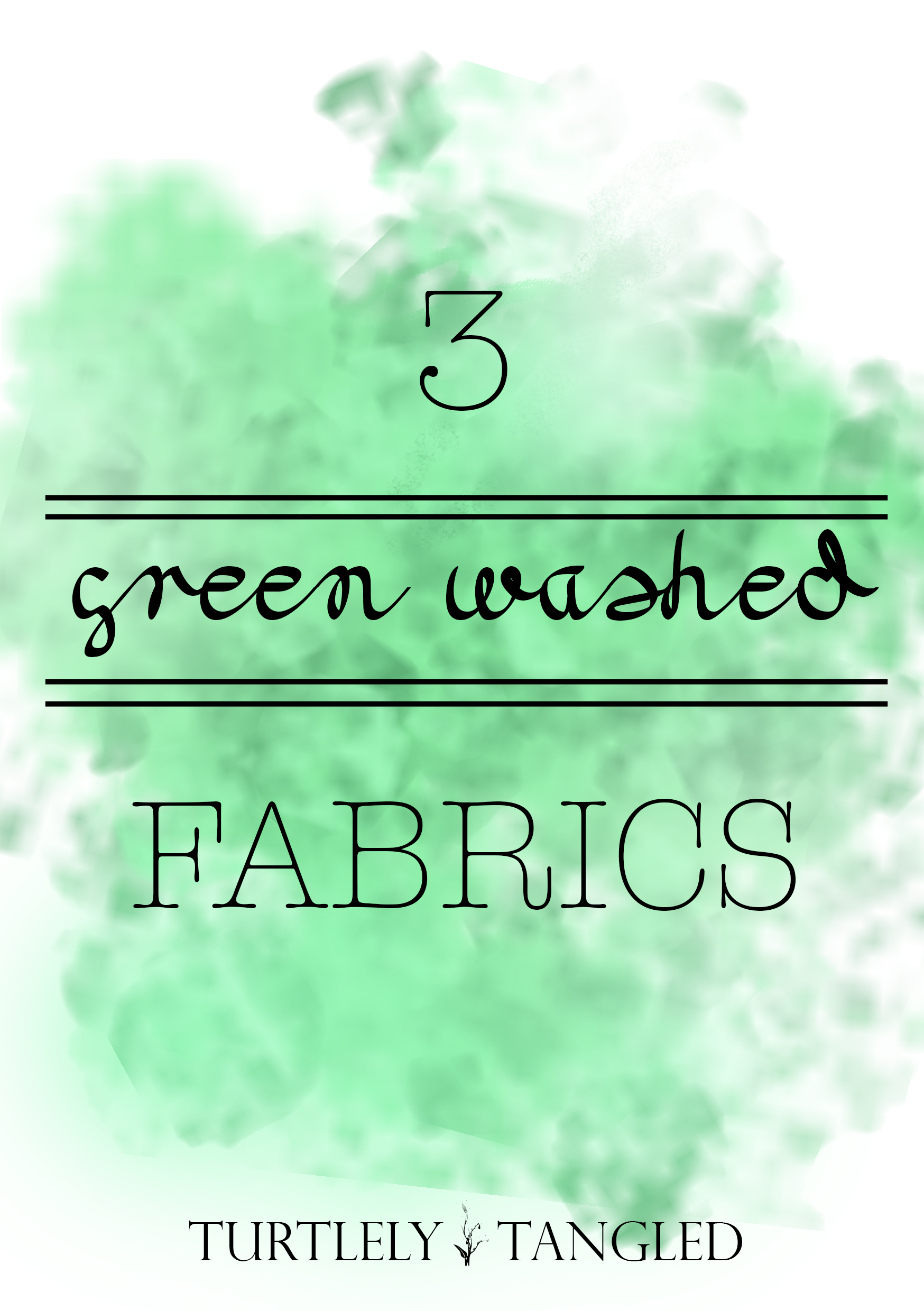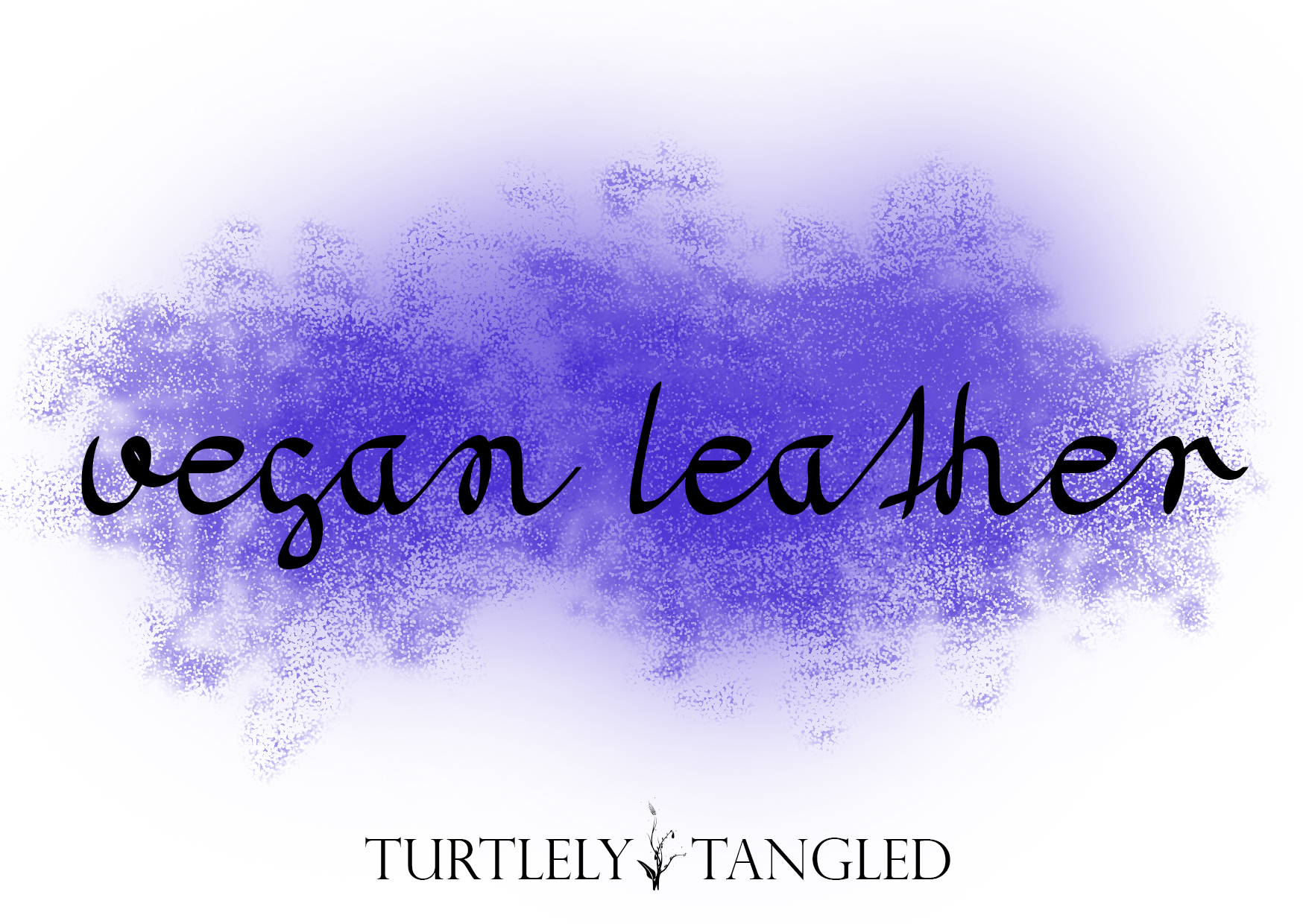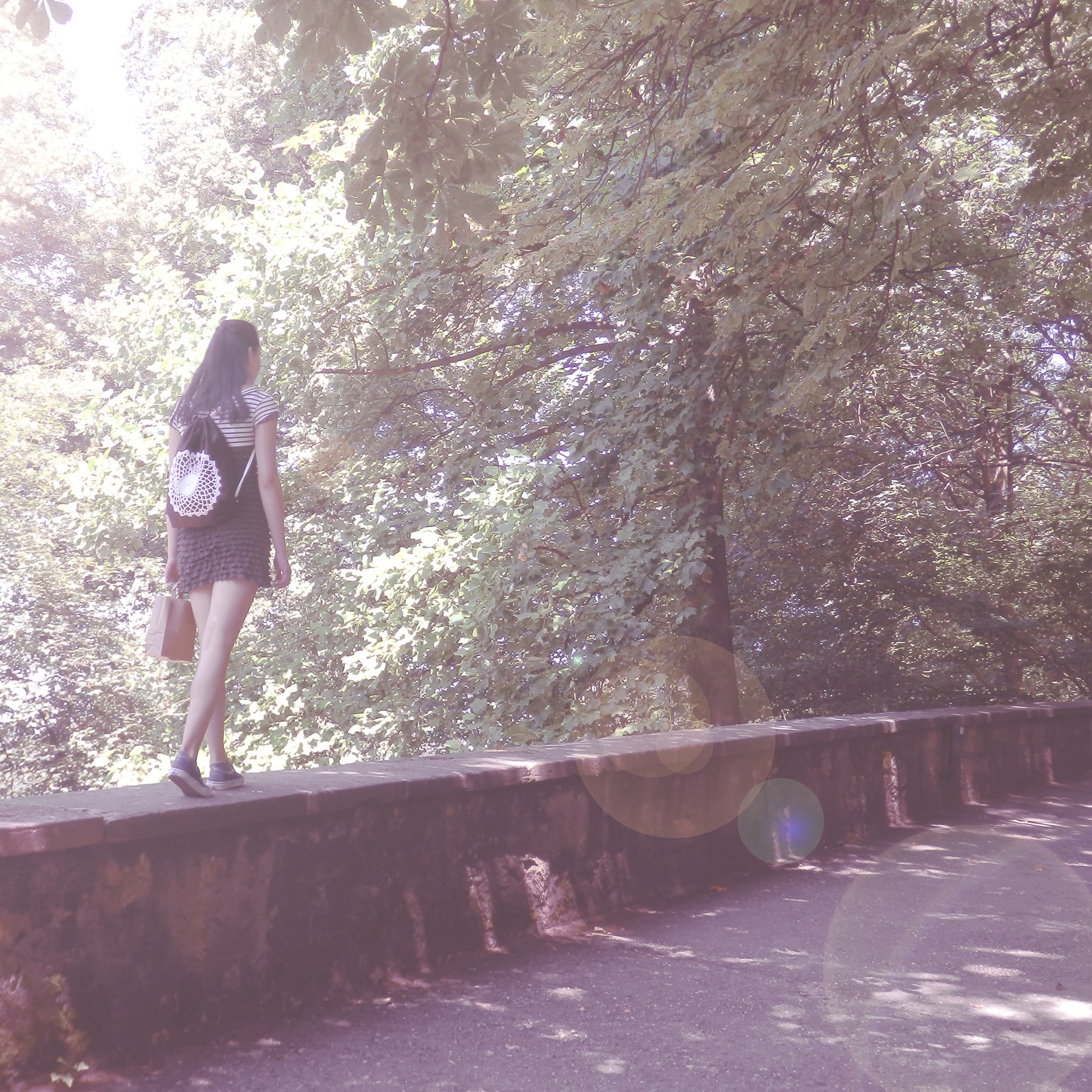
What is Green Washing?
Green Washing is a marketing and PR act many companies use to create a “greener” and eco-friendlier sheen to their appearance. Unsustainable products are advertised to be better than they are, for example through changing names, switching to green or earth toned colours and packaging or simply through a misleading marketing message. This is actually done all the time and influences a lot of people.

1) Vegan Leather
A leather substitute, that has the same feel, look and properties as normal leather except it is cruelty free and very eco-friendly. Does that sound like the description of “vegan leather” to you? If you answered with “yes”, unfortunately you are wrong.
Vegan leather is one of the most green washed fabrics and generally, it is nothing but petroleum and plastic. Over the past couple of years, veganism has become a huge trend due to celebrities and the media. But the sad truth is the fact that vegan leather is nothing other than an euphemism for faux leather or pleather. Pleather is made out of synthetic materials such as PVC (Poly vinyl chloride) and PU (Polyurethane) which might be animal-free on one hand, but on the other hand not eco-friendly at all as it is a polymer made out of crude oil. In fact, it can be very dangerous to humans. However, there are actually some eco-friendly vegan leathers based on materials such as paper and cork. A very interesting article from eluxe magazine is linked below for anyone who is interested to find out more.

2) Bamboo
Bamboo produces a beautiful fabric with a high lustre and comfort that even reminds of silk. It drapes very well and has great insulating and antibacterial properties. Bamboo is one of the fastest growing plants on earth and does not attract any pests at all due to its high silica content. It even produces 35% more oxygen than normal trees. Sounds like a power plant and a perfect fabric, right? But of course, there is a catch. A lot of garments on the markets that are sold as bamboo are actually viscose.
Viscose is also known as rayon in the US and the process of creating this fabric includes a lot of chemicals and energy which is not sustainable at all. All the great properties of bamboo even get lost due to that process. Watch out when you are buying garments as the label has to indicate “Bamboo Viscose” or “Viscose made from Bamboo” if has been produced that way.
Technically, it is possible to create a very sustainable fabric using bamboo by crushing the plant’s wood and breaking it down further using natural enzymes. This mass can then be spurn into yarns which is also known as “Bamboo Linen” as linen is essentially produced the same way. This, however, is very labour intensive and therefore more expensive and not that common on the market.

3) Cotton
To be fair, cotton is not exactly a green washed fabric like the other two but it has a much better reputation than it probably deserves. The thought of cotton is often connoted with purity, softness and fresh bed sheets. However, the plants are typically cultivated in a monoculture which reduces the overall biodiversity and leads to a faster spread of diseases. It is actually very hard to grow cotton as it gets easily attacked by pests. Therefore, the use of pesticides or genetically modified crops is almost inevitable, which not only leads to an increasing power of corporations like monsanto but also to many accidents and deaths of farmers. Also, it is a very thirsty crop that requires loads of water. To produce one basic cotton t-shirt it requires around 2700 litres of water. The list could go on about the impact of using cotton but I hope you get my point here. Sadly, under 1% of clothing is actually made out of organic cotton which has less of an impact on the environment. So overall, cotton it is not the eco-friendliest fabric but not the worse fabric either. Just a little thing to keep in mind.
Unfortunately, there is no “perfect” fabric yet to be out there. Every little action we take has an impact somewhere in our world and being aware of certain issues should give us the opportunity to make the right choices and plant our impact reasonably.
Sources and some very interesting reading:
Styles, Ruth (2014): Ecologist Guide to Fashion, Leaping Hare Press
Di Boscio, Chere: 6 Truly Eco Friendly Vegan Leathers
Ono Creations: A Company that produces Vegan Cork Leather Bags and Accessories
Natural Resources Defense Council (2011): Not all Bamboo is created equal


